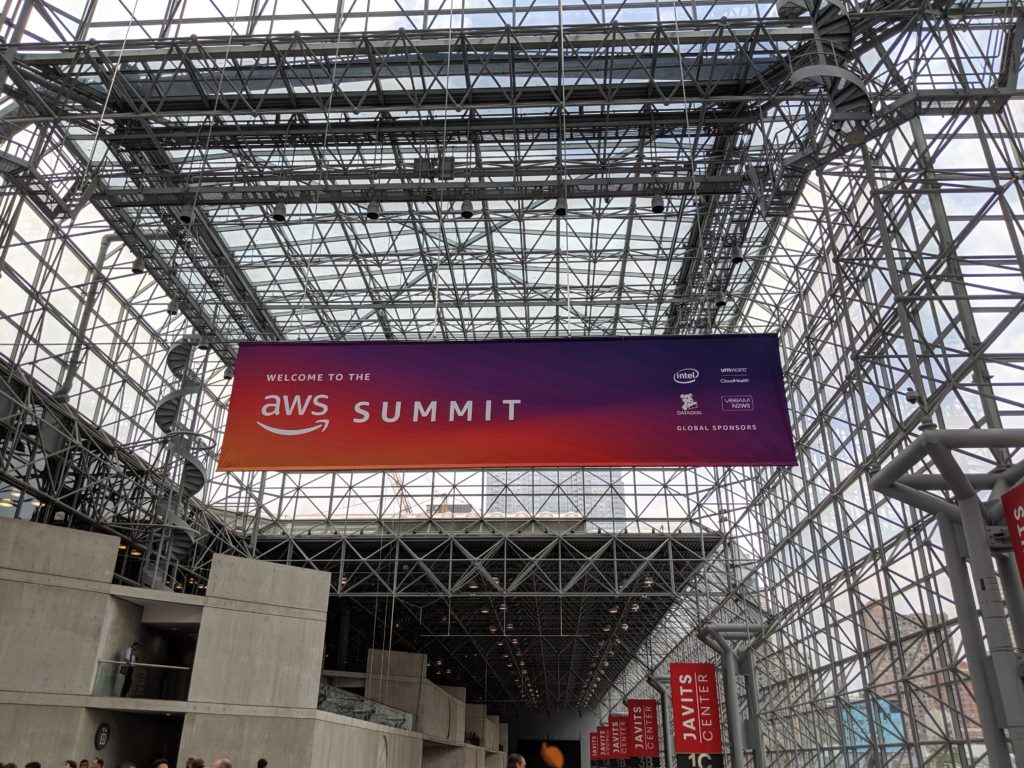Since Amazon Web Services effectively created the cloud market in 2006 with the introductions first of S3 and later EC2 in March and August of that year, much has been made of the meteoric ascent of the company many traditional suppliers dismissed initially as a bookseller. From the humble beginnings of those two minimally viable products, Amazon laid the foundation upon which swaths of the industry are now based upon. Even long time enterprise suppliers losing customers and personnel both to AWS have no realistic option but to work with the upstart they once considered not worthy of concern.
None of which, of course, is news.
The fact that AWS is a, if not the, dominant player in enterprise technology has been obvious to the market for perhaps four to five years and to more detail-oriented observers for much longer. What’s less apparent, however, is the degree to which the company is spurring transformation throughout the industry.
Not in the product sense, although that is of course occurring at a rapid pace. Once derided as a toy, cloud based offerings are table stakes at this point. What’s more interesting is the degree that the success of AWS is forcing introspection about who the target customer should be and what that implies about the organization that targets them.
As has been noted in this space and elsewhere, Andy Jassy has been straightforward in his acknowledgement of the central role that developers have played in Amazon’s success. But this is hardly unique; companies of all shapes and sizes, after all, have come around publicly to the idea of developers as New Kingmakers. Some have even put the idea and the book behind it front and center on stage at events.
"@Oracle recognizes that #developers are the new Kingmakers." via @infoQ #OracleCode #JavaOne #oow17 https://t.co/SvcfTwltRQ pic.twitter.com/CSctcKljO2
— Oracle Developers (@OracleDevs) October 16, 2017
last day at #SAPTechEd … #developers are the new #kingmakers pic.twitter.com/ywdlYj1mRC
— Baxter Yazbek (@baskter) November 16, 2017
Developers are the new kingmakers. Barclays CTO speaking at #RHSummit pic.twitter.com/xGOFsC4LpY
— Sarah Weldon-Gamble. Director Public Relations (@advocate_angels) May 2, 2017
But being aware at a high level that developers are vital is not the same thing as being a developer oriented organization. Most of the traditional enterprise suppliers, in fact, are far more oriented towards those who run infrastructure than those who build upon it.
Consider enterprise stalwarts such as Red Hat or VMware, for example. Both are ubiquitous in enterprise datacenters, and are regarded as tier one, strategic suppliers of critical infrastructure. Neither, however, is particularly developer-centric in their customer relationships. Each has products and services that are used by and in some cases popular with developers; each has invested, particularly in recent years, in improving their developer experience. Each is aware, however, of the lack of the direct relationships with developers enjoyed by the likes of AWS. Even Red Hat, a brand that developers have an affinity for given its long tenure as the standard bearer for open source within the enterprise, has comparatively little direct engagement with developer populations.
To be clear, Red Hat and VMware are not anomalies here – if anything, they’re further along in their journey than most. The majority of companies founded before March and August of 2006 have a limited ability to directly reach developers, if they can reach them at all. While it’s important to observe how companies are evolving their product sets to compete in a world with AWS in it, then, it’s equally important to understand how these same companies are working to change the organization itself, including the teams that produce those product sets. It’s not going to be enough for an IT and ops-centric organization to have a few products that appeal to developers; the organization must internalize around and empathize with developers in a truly fundamental way.
AWS has changed the industry by driving it towards the cloud. As momentous as that shift has been, it’s possible that the company’s greatest impact will be making the entire industry around it more focused on the developer, unintended though that consequence may have been.
Disclosure: Amazon, Red Hat and VMware are all RedMonk customers.

